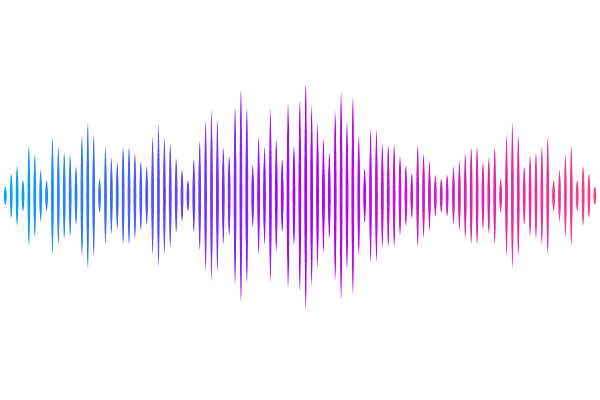Deciphering the microbial landscape of lower respiratory tract in health and respiratory diseases

Deciphering the microbial landscape of lower respiratory tract in health and respiratory diseases
Cheng, C.; Li, Y.; Wang, S.; Wang, H.; Liu, D.; Wang, Q.; Che, Y.; Xue, L.; Chao, N.; He, X.; Li, C.; Tian, H.; Zhou, J.; Wang, X.; Yang, Y.; Zhu, Y.; Xu, R.; Wang, Z.; Li, W.
AbstractThe microbiota plays an important role in maintaining lung homeostasis and the development of respiratory diseases. However, there have not been detailed characteristics of lung microbiome in health and respiratory diseases. Bronchoalveolar lavage fluid of 43 healthy individuals, 23 COVID patients, and 28 non-small cell lung cancer patients was conducted to characterize microbial diversity and function by metagenomic sequencing. We identified 196 species in health lung after removing low abnudance species. The most abundant species were Staphylococcus aureus, Salmonella enterica, and Klebsiella pneumoniae. Keystone species were identified through co-network analysis, such as Granulicatella adiacens and Mogibacterium diversum. To further explore the microbial function in the healthy lung, we obtained 56 non-redundant metagenome-assembled genomes (MAGs) and subsequently classified them into nine phyla. Metabolism and genetic information processing exhibit high abundance, including bacterial secretion systems, p